|
Two lables particularly defined my American High School years: fangirl and band kid. Online, I spent hours on Twitter talking about 5SOS, an Australian, slightly punk boyband with my ‘oomfs’ ( 2010s Twitter slang for ‘one of my followers’). Offline, I hung out with my friends in band class, playing a clarinet that I rarely practiced outside of school. I wasn’t there for the music, but to chat to those around me as soon as the conductor lowered his baton.
The need to be part of something has followed me into adulthood, and it got me thinking: What communities do people belong to nowadays? And how has the way we connect with others changed?
Over the last few years, there’s been a resurgence of the term ‘third place’. First coined by Ray Oldenburg in the 1980s, it describes a physical location other than work or home. The point of going to one is to socialize — preferably with a community of people from all walks of life. Think your local library’s book club, go-to café where you share an inside joke with the barista, or community garden where anyone can join to help out.
But people’s favorite hang-outs have been disappearing. Stuck in the most drastic reality change imaginable, the Covid pandemic blurred the boundaries between people’s first (home) and second (work) place, shutting the third out completely. The act of harmless small-talk with acquaintances or strangers suddenly became almost non-existent—and some of us, me included, are still working to regain that skill.
For some, a corner of the internet has helped them find their community. Aesthetic subcultures like dark academia romanticize novels featuring morally grey characters attending elite universities, creating YouTube playlists or TikTok edits on the topic to engage with others. Urban foraging communities swap harvesting tips and fans of the geography game Geoguessr host global competitions to see who can recognize their surroundings the fastest.
Sometimes online groups even build lasting connections in real life. For example, BookTok started out as a purely online community, where people shared reactions and recommendations for books they liked. As it grew, members started to organize in-person events like meet-ups at bookstores, author Q&As or—in my local library’s case—a whole BookTok-themed festival for younger readers.
What communities do you belong to? Have you discovered a new third place for yourself lately?
Anna
|
Some numbers
|
31%
|
31% of people in Europe bring up the weather as a topic for small talk with others.
|
|
85%
|
85% of Gen Z (ages 14 to 24) describe themselves as a fan of someone or something.
|
|
54.5M
|
54.5M have been posted to TikTok under #BookTok.
|
|
Plugged in
Sometimes all it takes to connect is an unlikely place or shared goal. In their own way, this movie, documentary and video essay take a look at what can be achieved when people come together.
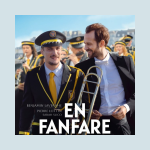
Movie: En Fanfare - Emmanuel Courcol
A French drama film that follows a renowned conductor, who, upon discovering he was adopted, seeks out his biological brother, a factory worker and trombone player in a local fanfare band. The brothers navigate their shared past and forge a new connection through music.
|
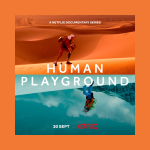
Documentary: Human Playground - Hannelore Vandenbussche
This docuseries delves into the diverse ways humans engage in play as a community, from ancient rituals to modern sports, across different cultures worldwide. It examines the need to play as universal and part of our shared humanity.
|
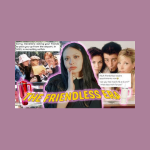
Video Essay: Third places, stanley cup mania, and the epidemic of loneliness - Mina Le
A video essay exploring how the disappearance of third places may be fueling a rise in overconsumption. Without a go-to place outside of home or work, people increasingly turn to personal indulgences — from beauty products to viral water bottles — to fill the void.
|
|
In conversation with
Wanting to get an insight on a specific modern community, I spoke to German Environmental Psychology student and Research Assistant Lena Herth about hers. She explains what belonging to a group that plays Dungeons & Dragons, a tabletop role-playing game (RPG), means to her.
Q: How did you get into D&D?
I first saw some streams of people playing D&D on YouTube, and I thought it looked super fun. And then by coincidence, I was talking to an acquaintance and she was telling me about how she’s starting a group with some friends. That’s how I randomly joined a D&D group with people I didn’t really know.
Q: How did the game of D&D play a role in the community-building aspect of the group?
It’s easier to get to know people when you play D&D, because you instantly have something to do together. You don’t necessarily need to present yourself, because you can just be the character you want to be. That makes it easier to hide behind the character mask at the beginning. But with time, you get to know the people behind the characters and form closer personal connections.
Q: What did you see as the initial appeal of joining a D&D group?
Around when I first joined was also the time when I got more into RPG video games. D&D is kind of like a video game, but it’s in person with other people. It has limitless opportunities and you get to tell your own story. I guess I was just drawn to that.
|
Through art - fandom edition
From football teams to the latest hearthrobs, these artist turn their gaze towards fandoms, exploring what it means to obsess, admire and identify through the things we love.
|
Angel — Elizabeth Peyton
In Angel, Peyton presents intimate portraits that render her subjects — including fan-favorite cultural icons — with a tender, almost loving attention. Each work captures something deeply personal, and together they create a powerful sense of connection and shared humanity.
|

|
WORSHIP — Jessica Lehrman
Lehrman’s photographic series captures the energy and communal spirit of live music audiences. Through dynamic imagery, she documents the collective euphoria and eviction of concertgoers and the shared emotional experiences that unite these individuals.
|
Cosmic Cavern #2 — Kenny Scharf
Scharf’s Cosmic Cavern #2 draws from the spirit of fandom and geek culture by transforming everyday objects into a vibrant, immersive experience. The installation features hand-painted appliances and found materials, all brought to life with Scharf’s signature neon palette.
|
|
|
A little culty
We all want to belong to something; sometimes a little too badly. These examples look at the murkier side of community: from everyday ‘cults’ to obsessions, these are stories of people getting swept up in something that turned out to be less than perfect.
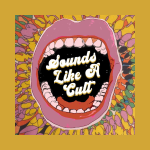
Sounds like a cult — Studio 71
A podcast about the modern day “cults” we all follow. From Horse Girls to BookTok, every episode asks the question: is it a harmless community or something more sinister?
|
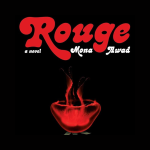
Rouge — Mona Awad
A horror-tinted, gothic fairy tale novel about a grieving dress shop clerk who becomes entangled in a mysterious beauty cult while chasing the promise of eternal youth and beauty.
|
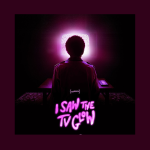
Based on a true story — Craig Rosenberg
This dark-comedy series follows a realtor, former tennis star, and plumber as they seize the opportunity to capitalise on America’s (some might say cult-like) obsession with true crime.
|
|
|
Our Picks
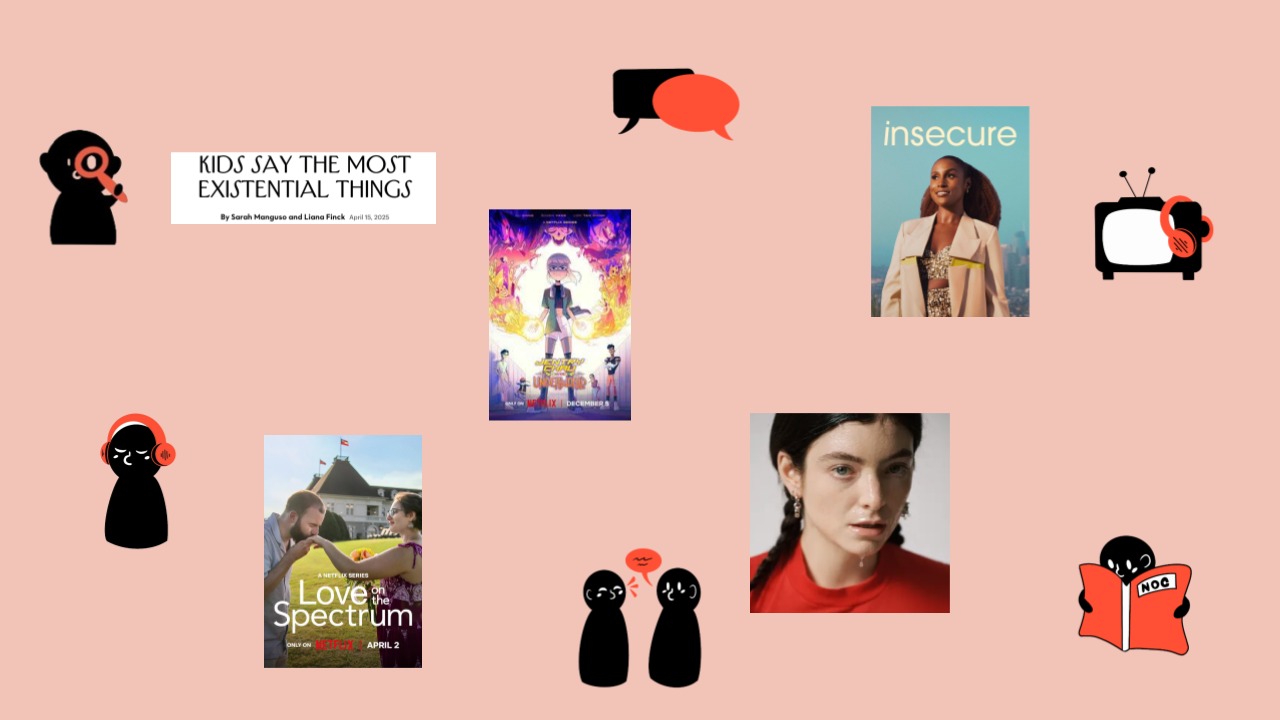
|
Stardew Valley — a (sometimes-not-so) cozy farm life simulation game where you inherit your grandpa’s rundown farm.
Apartment Therapy — a YouTube channel that shares how people from around the world decorate their apartments.
about time — Loyle Carner’s new single.
Zarina Hashmi — the late Indian-American artist’s minimalistic prints are a personal exploration of postcolonial South Asia.
|
|
|
NOC is a constant work-in-progress. We want to hear your thoughts, recommendations and ideas—reply to the newsletter via email or write to us on social media (LinkedIn or Instagram). Your input will help shape where we go next!
You can browse past editions on our website.
Was this email forwarded to you? You can register to our newsletter here.
One ask from us: to avoid our newsletter landing in your spam inbox, add our email address as a contact.
|
|